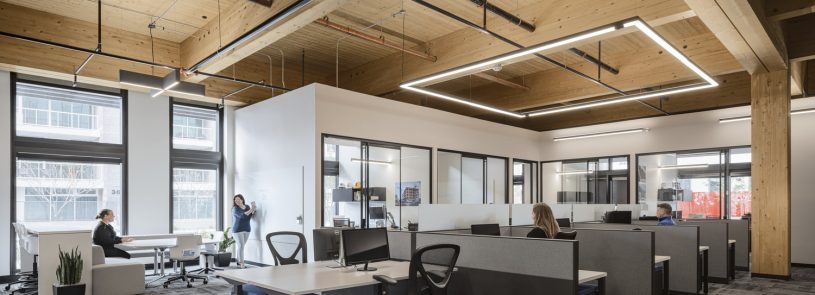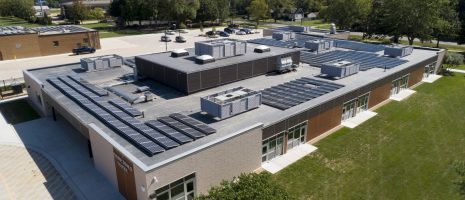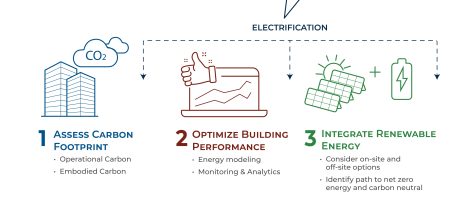Mass Timber: Is it right for your project?

Last in a series based on the IMEG executive guide, “Mass Timber 101: A Guide to the Hottest Sustainable Building Material.”
By Heather Heidenreich
Mass timber has many sustainable benefits and updated codes that allow it to be used in more projects, helping it grow in popularity in recent years. It’s most commonly used in single and multi-family residential buildings, office buildings, hotels, commercial and retail spaces, and schools.
In stick-frame residential projects, CLT panels commonly replace plywood over wood I-joists, sawn lumber, or trusses. The panels can reduce floor-to-floor height and remain exposed for an architecturally pleasing finish. Commercial projects, like the Washington County Events Center, may utilize CLT panels along with glulam beam and column framing to achieve a more open floor plan over a more traditional stick frame option. While CLT panels do provide diaphragm and shear wall action, demand loads may require the lateral core elements to become concrete or steel systems.
Other considerations for high rise construction are becoming more commonplace as code limits are revised. Within each market sector, code research becomes a vital portion of the design process. Will Type IV, Heavy Timber Construction be able to remain exposed or will gypsum or other protective measures be required? How tall can the building be built and how large of a footprint can it have? The answers to these questions will impact design decisions for the rest of the building.
That said, mass timber may not be a perfect fit for every project type or market. When determining whether to use mass timber in your next project, ask the following questions:
- Does mass timber match your building type (i.e., exposed framing)?
- Is sustainability a high priority for your project?
- What are the pros and cons (cost versus schedule)?
- Is aesthetics a prominent feature?
- Where is the building located and is the local building department open to allowing mass timber construction?
- Is the entire team (owner, designers, contractors, and supplier) onboard?
- Have you considered how additional project-specific factors (e.g., MEP systems, waterproofing, and envelope detailing) might be affected using mass timber?
If you determine that mass timber is right for you and the codes in your location allow for such a project, you can engage a design team familiar with the intricacies of working with mass timber and enjoy the benefits of having an aesthetically pleasing and sustainably built structure.
Also in this series:
- Mass Timber: Each type offers unique benefits
- Code changes offer building owners much more flexibility
- Environmental advantages of mass timber
- Mass Timber: How far will your dollar stretch?
For more information, download a copy of the IMEG executive guide, “Mass Timber 101: A Guide to the Hottest Sustainable Building Material.”












